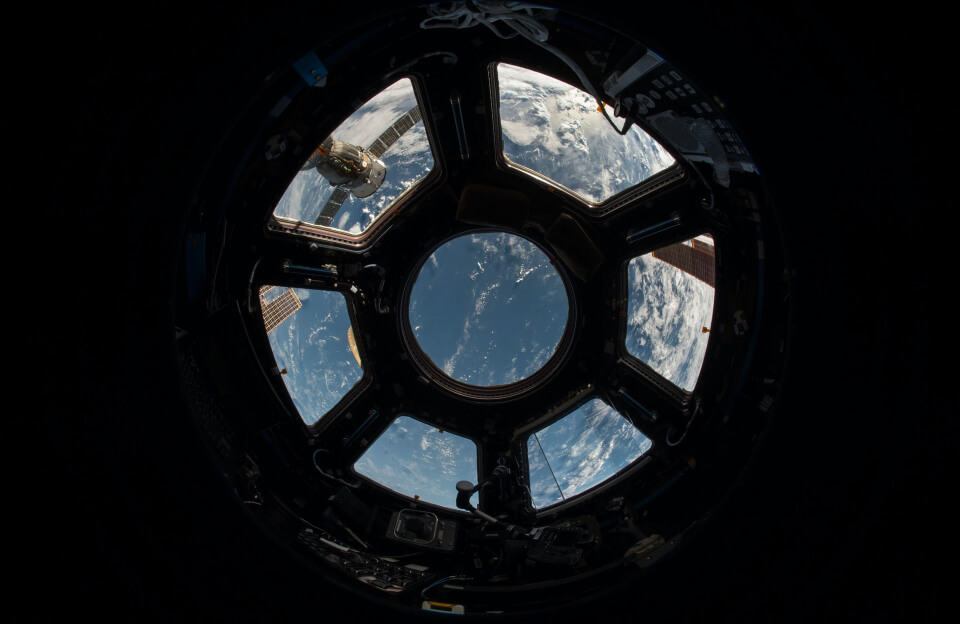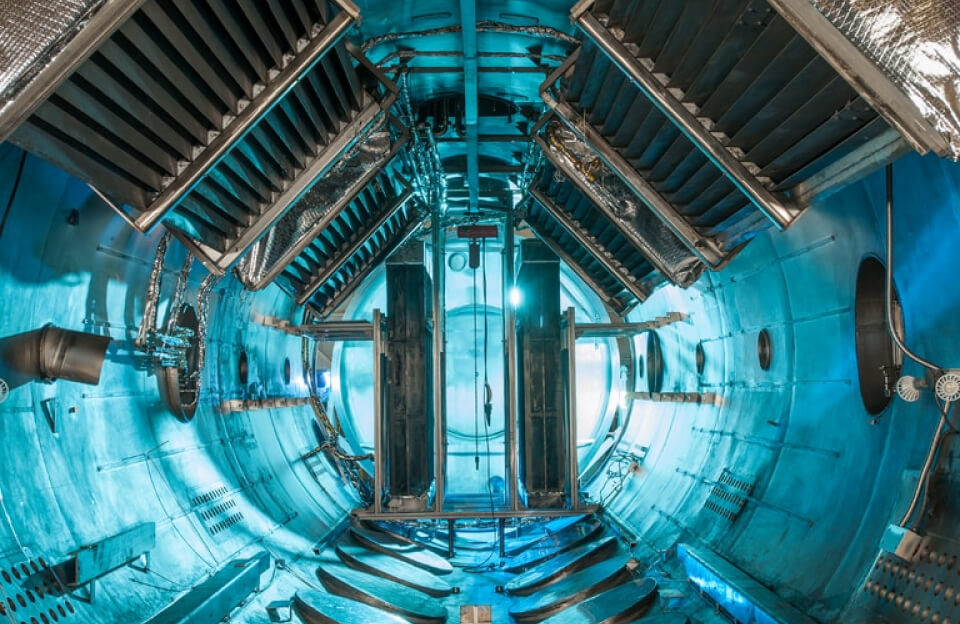Space often seems silent, but spacecraft like Cassini have helped us convert inaudible data (radio waves, particle collisions, plasma waves) into something we can hear. The dives of Cassini near Saturn and through the gaps in its rings have provided some of the eeriest and most revealing “sounds” of space. Here’s the story.
Background: Cassini Mission & What Data it Collected
- Cassini–Huygens was a joint mission by NASA, ESA, and the Italian space agency. It orbited Saturn from 2004 to its intentional plunge into Saturn’s atmosphere in 2017. NASA Science+1
- On its “Grand Finale” orbits in 2017, it made a series of dives between Saturn and its rings. One of these was on April 26, 2017. NASA Science+1
What Are the “Sounds”?
- Cassini was equipped with the Radio and Plasma Wave Science (RPWS) instrument. This measures radio waves and plasma (charged particles) interactions. NASA Science+1
- When tiny ring particles strike Cassini’s antennas, they vaporize into plasma and generate small electrical impulses. These get converted into audio (or spectrograms) so we can hear “pops and cracks” when passing through dense rings. NASA Science
- Conversely, in the gap between Saturn and its rings, these hits drop off dramatically, and the environment is much quieter — almost eerie. Fewer particles, clearer plasma/radio wave background noises. NASA Science+1
Key Findings & Surprises
- Unexpected emptiness: The gap between Saturn and its rings was much cleaner (less particulate) than expected during some dives. The assumption had been that there’d be more debris. NASA Science+1
- Contrast in audio signatures: The ring crossings (in the dusty rings) create loud, frequent “pops” in the audio; the gaps produce fewer such events — offering insight into particle density, size, and dynamics. NASA Science
Why It Matters
- Helps us understand the structure of Saturn’s rings — density, particle sizes, and how they are distributed.
- Offers insight into how rings interact with plasma environments: magnetic fields, ionized particles, etc.
- Enhances models of planetary ring formation and evolution. Also contributes to the understanding of planetary magnetospheres, charged particles, and space weather.
Listening to Space
- Note: These aren’t “sound waves” through air (space is mostly vacuum). What’s recorded are electromagnetic / plasma waves, which are then converted to audio frequencies. So it’s a translation. NASA Science+1
- These recordings help scientists, and also have a public outreach / educational angle: making the invisible cosmos more intuitively graspable.
Conclusion
The Cassini mission’s “sounds” from its dives by Saturn are more than just curiosities. They’re windows into planetary physics, ring dynamics, plasma interactions, and more. What sounds like static, pops, and whispers in space actually carry rich data about the environment between Saturn and its rings — a place we once thought might be full of particles, but is much more complex.
References
- The Sound of Science: Comparison of Cassini ring crossings (NASA / RPWS data) NASA Science
- NASA’s “Sounds of Saturn: Radio Emissions … Enceladus” NASA Science+1
“NASA Has Recorded The First Sounds of The Eerie Void Inside Saturn’s Rings” (ScienceAlert) ScienceAlert



